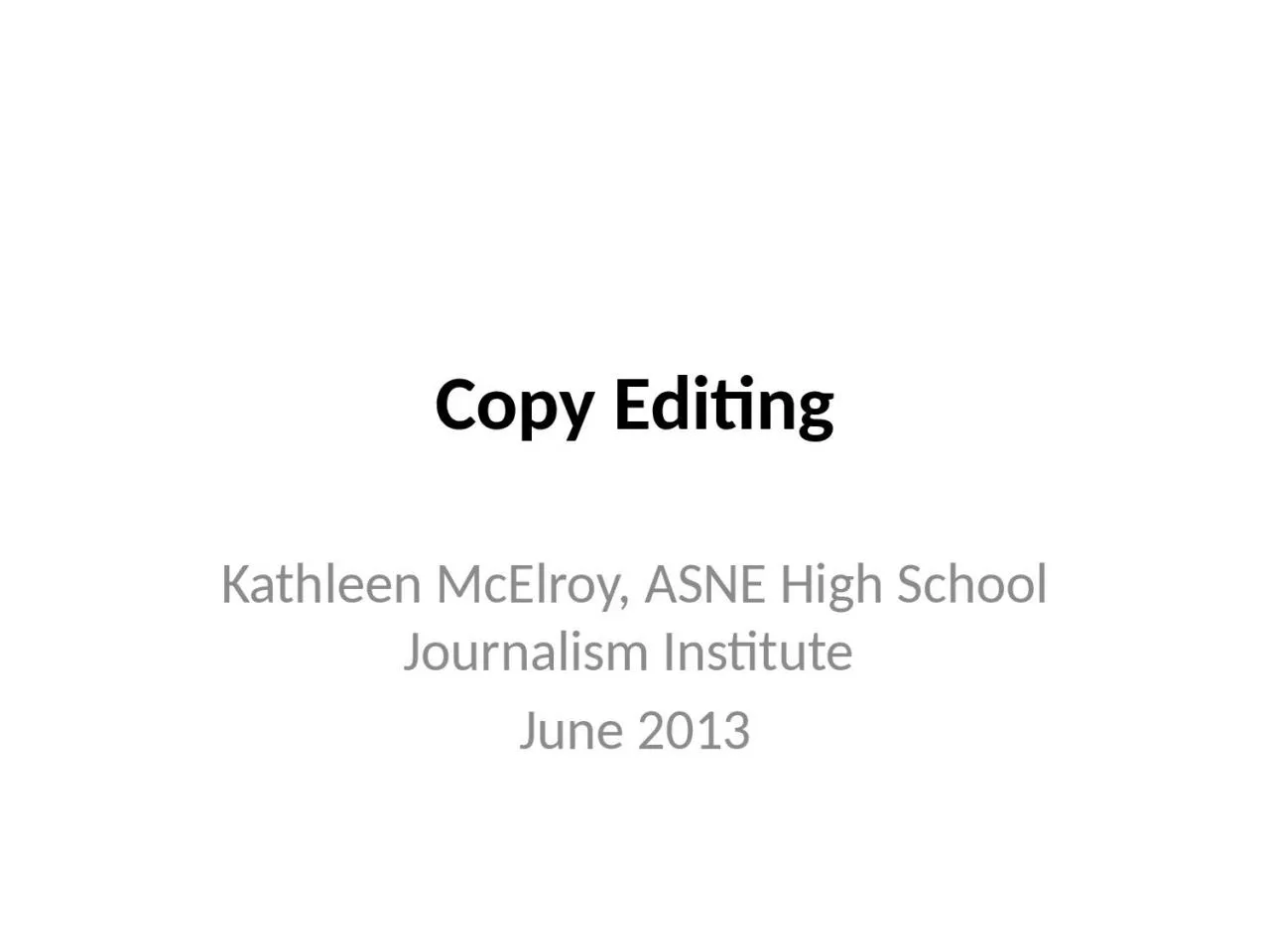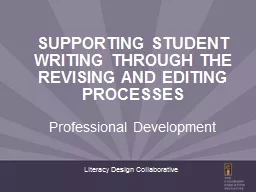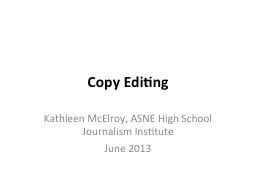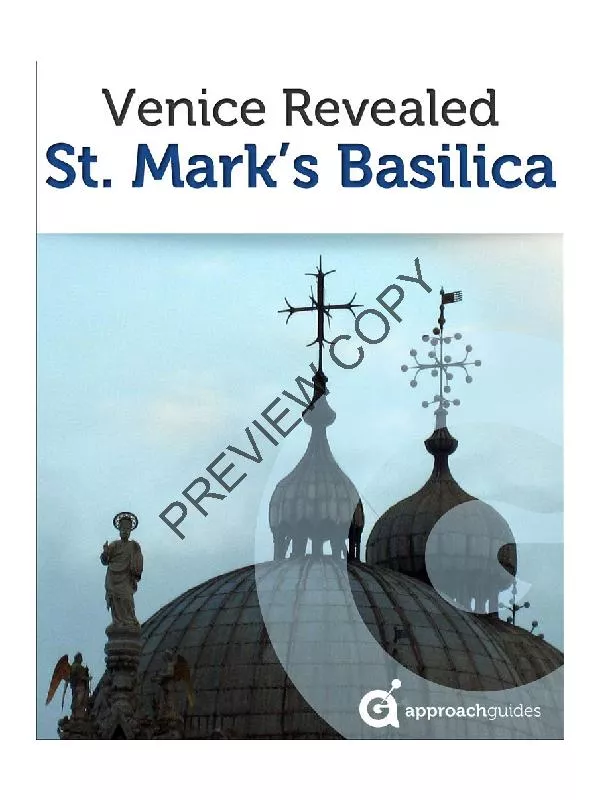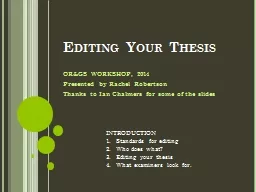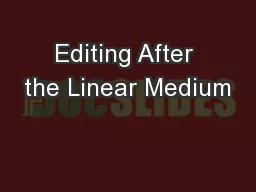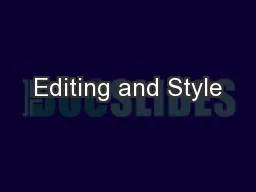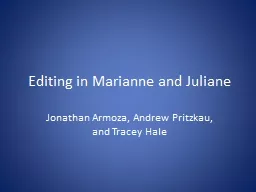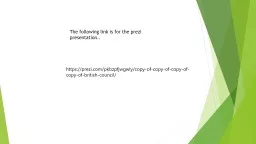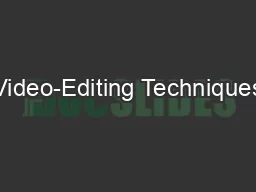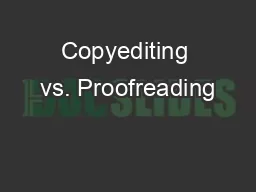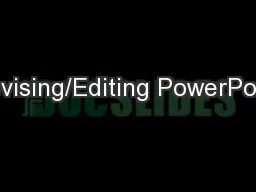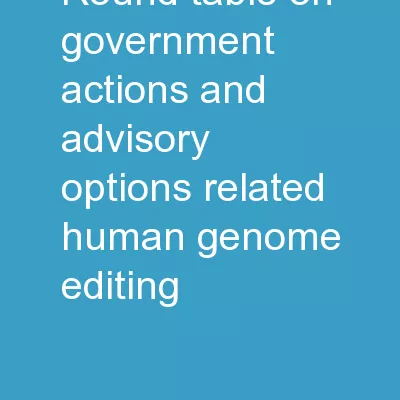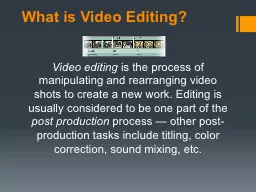PPT-Copy Editing
Author : cleverfan | Published Date : 2020-08-28
ASNE High School Journalism Institute June 2013 Editing From Hell Kathleen McElroy ASNE High School Journalism Institute June 2013 Ill tell you my editing horror
Presentation Embed Code
Download Presentation
Download Presentation The PPT/PDF document "Copy Editing" is the property of its rightful owner. Permission is granted to download and print the materials on this website for personal, non-commercial use only, and to display it on your personal computer provided you do not modify the materials and that you retain all copyright notices contained in the materials. By downloading content from our website, you accept the terms of this agreement.
Copy Editing: Transcript
Download Rules Of Document
"Copy Editing"The content belongs to its owner. You may download and print it for personal use, without modification, and keep all copyright notices. By downloading, you agree to these terms.
Related Documents

